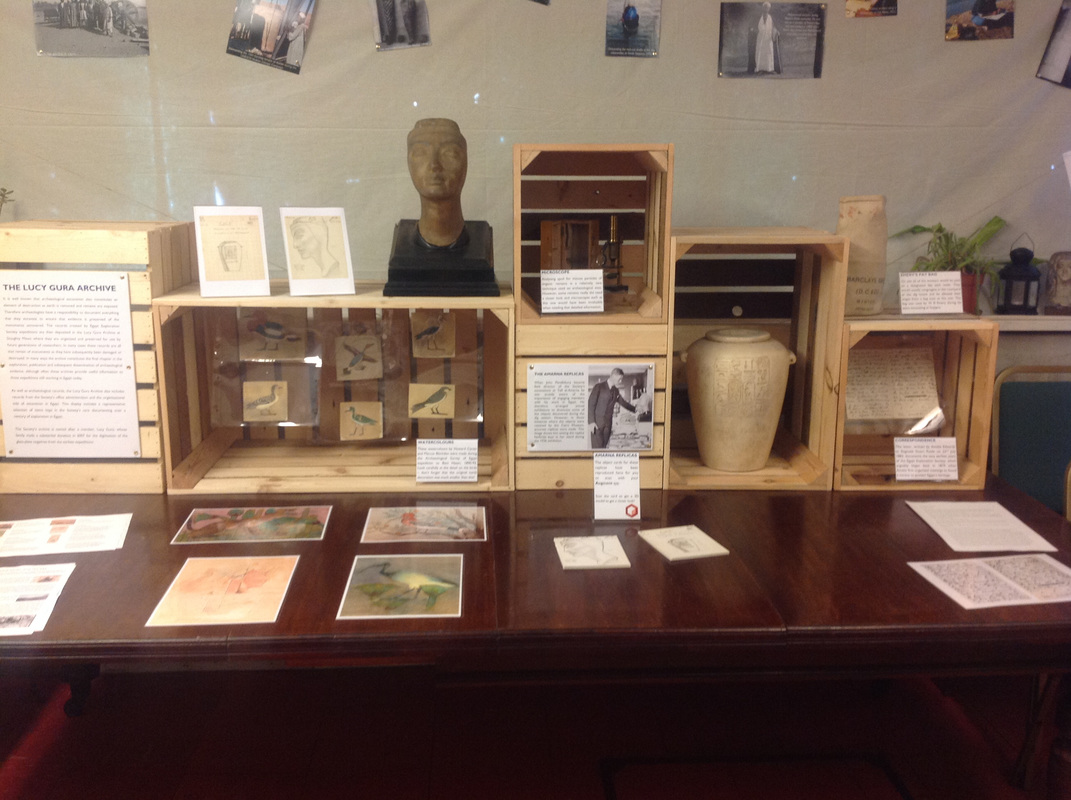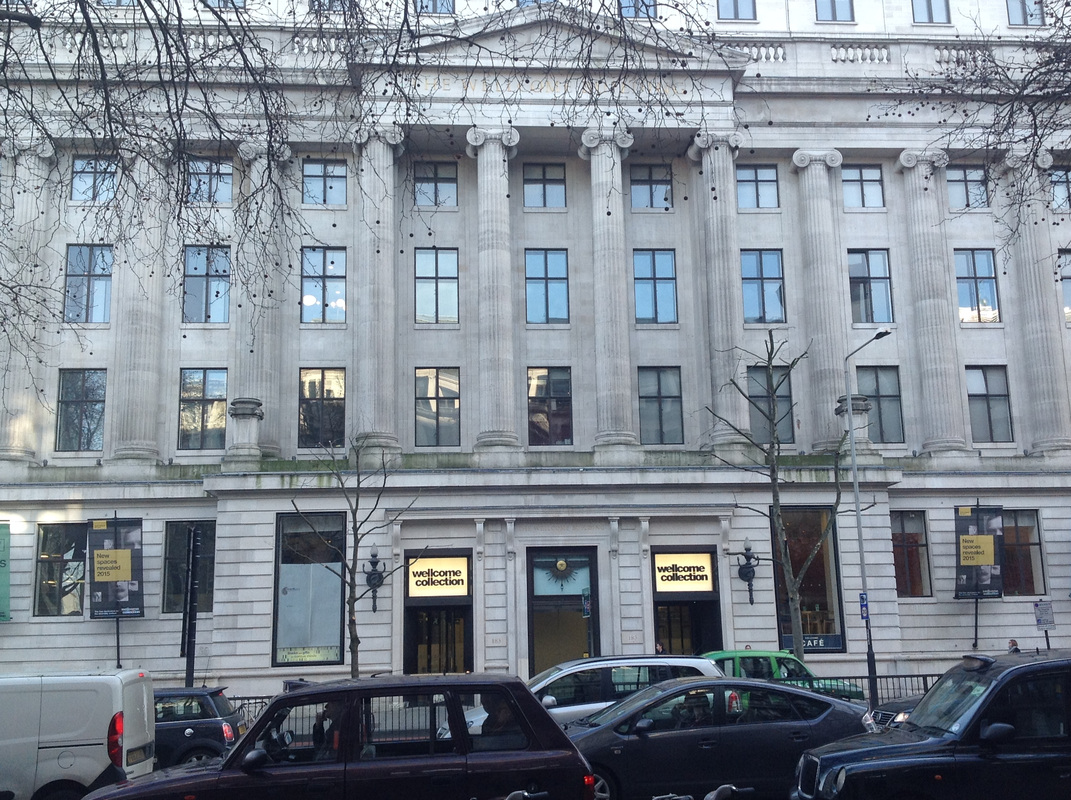This month we installed a new exhibition at the Ure Museum. "Egypt in Reading" explores the colonial context of archaeology in Egypt in the late 19th and early 20th centuries. The exhibition storyline focuses on the excavations conducted under the direction of British archaeologist John Garstang. He also happens to be one of five archaeologists whose lives and social networks I researched for my PhD.
Garstang's work in Egypt wasn't an area I had previously researched much, however – I had focused more on his time in Sudan (1909-14). But the Ure Museum's collection of Egyptian antiquities is drawn from an earlier period in Garstang's life, when he was in his late 20s and early 30s.
You'll also find references to a few women in the display. These include artist and University College Reading alumna Henrietta Lawes, who as a volunteer with Flinders and Hilda Petrie had gone to Egypt in 1898; Garstang's wife Marie, who would become a noted (though unofficial) conservator; and Meta Williams, Secretary of the Institute of Archaeology at Liverpool who helped facilitate the acquisition of these Egyptian artefacts in the early 1920s.
We could not have put this exhibition together in the way that we did without access to the archives in the Garstang Museum in Liverpool, and the help of its curator Dr Gina Criscenzo-Laycock. While the Ure Museum archive has letters relating to the acquisition of the Liverpool collection in the early 1920s, it does not have material related to the original excavation of the artefacts. That information is in Liverpool, where John Garstang was based. Gina has been incredibly generous in sharing digital images of Garstang's excavation reports, photograph albums and various ephemera relating to Garstang's exhibitions in London. Chief among these latter items is the visitors book to the 1903 and 1904 exhibitions; for a network-lover like myself, this was an absolute gold mine.
Ure Museum Assistant Curator Jayne Holly and I went to Liverpool last month to find materials we could use for the display. I was looking particularly for any references to individual workmen, so I was thrilled to find among the periodic reports Garstang sent to the small Committees providing the funds for excavation his chief foreman Saleh's signature and seal. A reproduced image of this is now on display in the Ure Museum.
Two other photographic highlights (reproduced for display) came from Garstang's photograph albums. The images in question show Garstang's British assistant, an artist called Harold Jones, painting portraits inside the rock-tomb site office at Beni Hasan. I knew from my PhD research that Jones's paintings were shown during the exhibitions held at the end of the season – but I never expected to see the works-in-progress!
I also wanted to profile a few local (to Reading) links to Egypt. These include Caversham-born Henrietta Lawes, mentioned already. In the course of the planning of the exhibition it became clear that beyond her bequest of Egyptian antiquities to her alma mater, she also gave a number of books on Egypt. These went into the Library, and thanks to the hard work of several people in University of Reading Library and Special Collections the full list of her book bequest was found. We present one of Henrietta Lawes's books, a copy of the 5th edition Baedeker's guide to Egypt, bearing a plate acknowledging her bequest.
Another important Egypt-Reading link I wanted particularly to highlight was the presence of Egyptian students at University College Reading during the time that John Garstang was working in Egypt. Over the course of my time at Reading I've been looking through various items in the University History Collection, including reports of Faculty and other administrative records. These have revealed that there were Egyptian students at the College from at least 1908. But the item on display is a copy of the University College Reading Review from autumn 1915. This notes three Egyptian alumni of the College sending a supportive address to their former colleagues and classmates, as Egypt moved from a country occupied by Britain to a British Protectorate, and war raged across Europe and the Middle East.
I could say a lot more about this exhibition, which has really been a labour of love and an attempt to integrate the complex and rich history of archaeology into a museum display case, privileging archives and other historic materials as much as ancient artefacts. But I hope you will go and see it yourselves – and/or visit the exhibition website for the full handlist, lots of images, and some exciting extra content!



 RSS Feed
RSS Feed